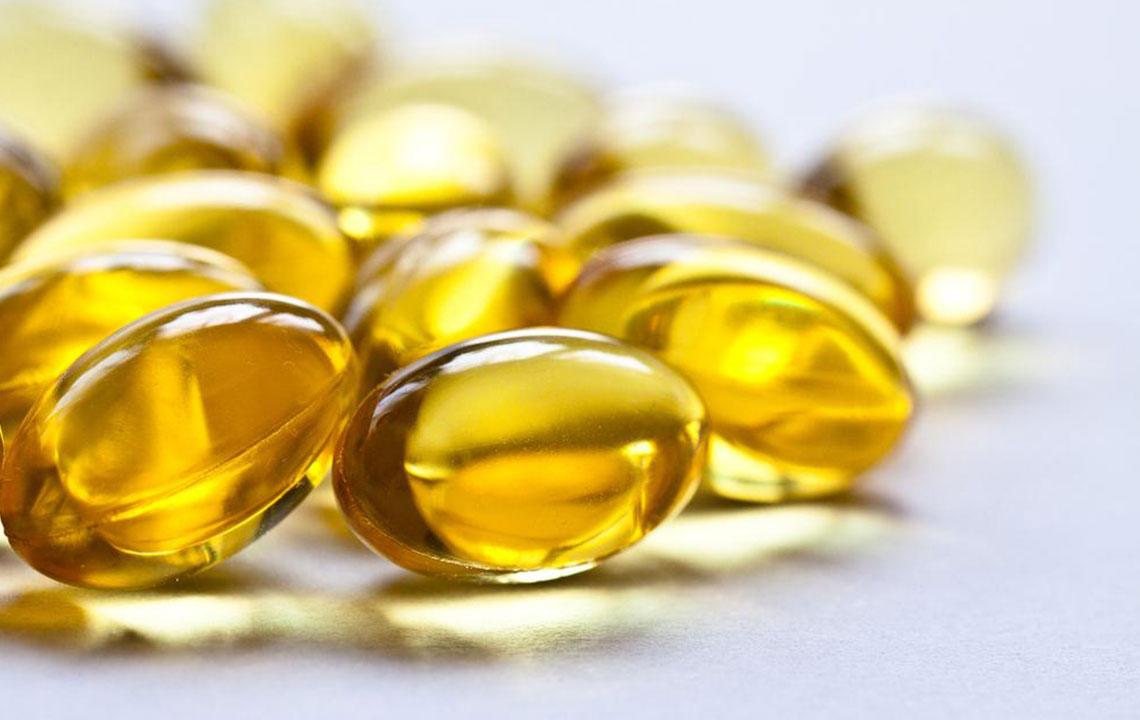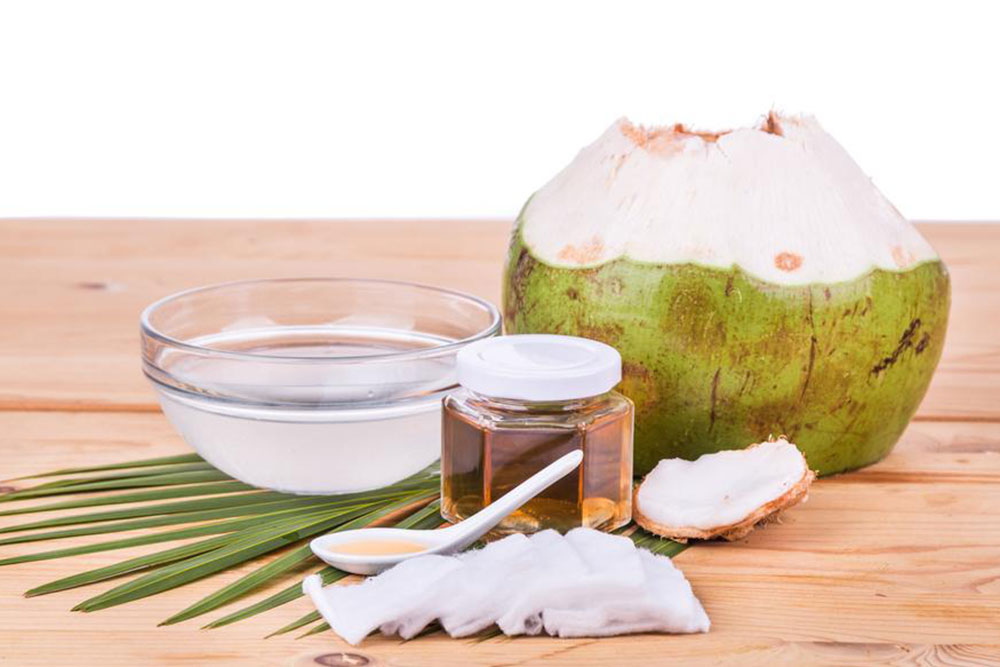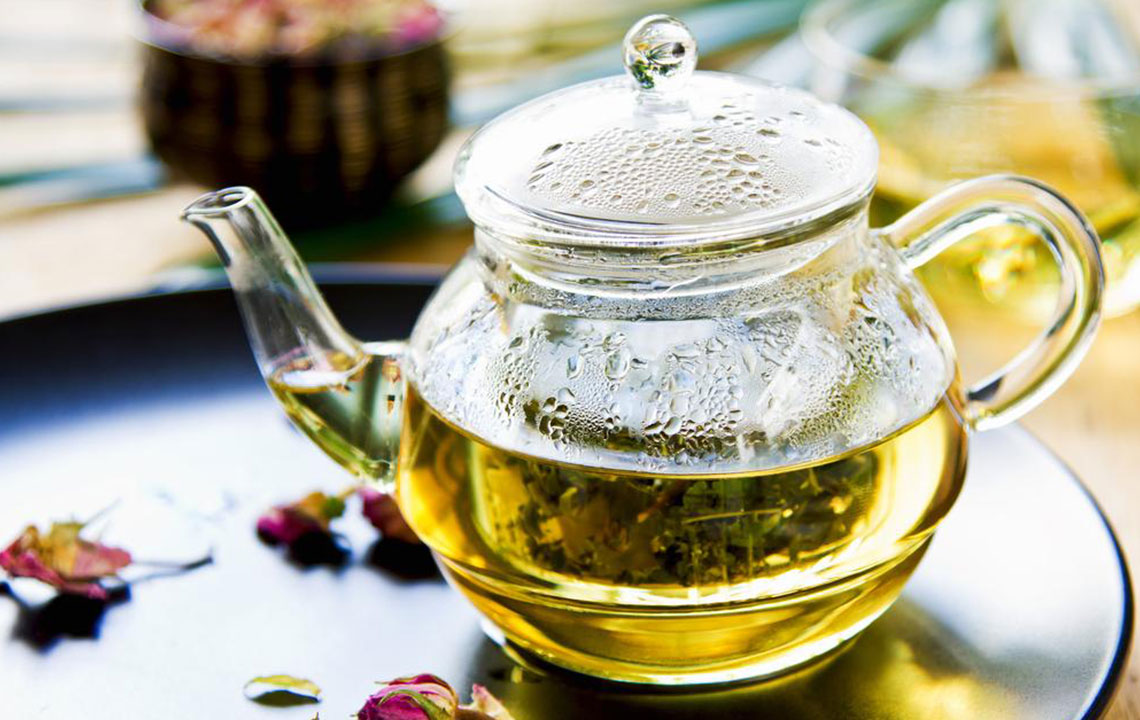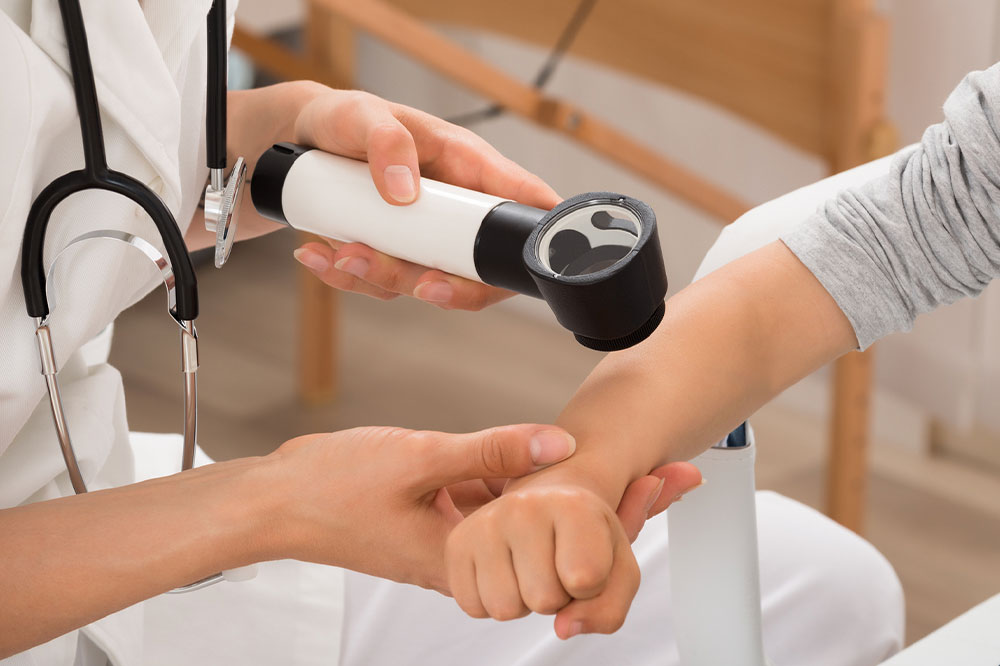Proven Strategies to Accelerate Bruise Recovery and Minimize Discoloration
Discover effective strategies to speeding up bruise healing, including compression, natural remedies, and nutritional support. Learn how to reduce swelling, discoloration, and pain for faster recovery and healthier skin. Expert tips help you manage bruises efficiently and comfortably, minimizing their appearance quickly.
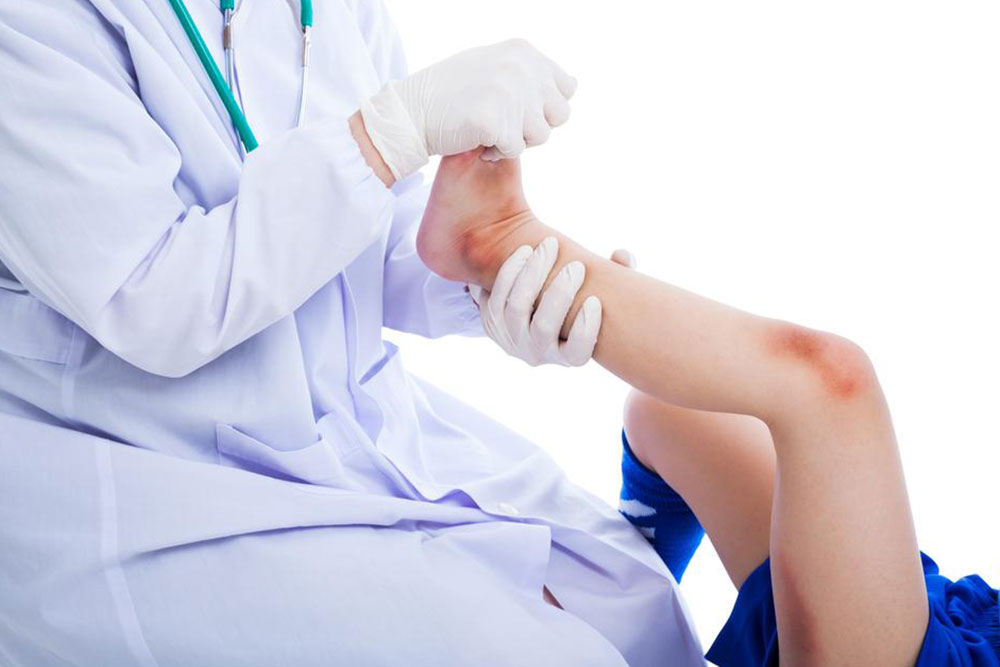
Effective Methods to Speed Up the Healing Process of Bruises
Dealing with bruises is a common concern for many people, especially after minor injuries or accidents. Bruises, also known as contusions, occur when small blood vessels beneath the skin are damaged, leading to leakage of blood that causes discoloration and swelling. While the body's natural healing process can take several days to weeks, adopting specific care techniques can significantly shorten this timeline, reduce discomfort, and improve skin appearance faster. Understanding how to effectively manage bruises involves knowing the right treatment options, supporting your body's natural healing, and relieving symptoms such as pain and swelling.
Compression Therapy for Faster Healing: Applying compression to a bruised area helps prevent further blood vessel leakage and reduces swelling. Use an elastic bandage to gently wrap the area, ensuring it’s snug but not too tight to impede circulation. This technique helps stabilize tissues, minimize inflammation, and support faster healing. Compression also alleviates pain that often accompanies bruising, making everyday activities more comfortable during recovery. Remember to follow the "RICE" method—Rest, Ice, Compression, Elevation—for optimal results and early relief.
Using Arnica to Reduce Inflammation: Arnica montana is renowned as a natural remedy for bruises and soft tissue injuries. This herbal extract, available as ointments, gels, or topical creams, can help decrease swelling and promote blood flow to the affected area. Multiple studies have demonstrated that applying arnica can lessen redness and accelerate tissue repair. When used properly, arnica offers a safe, non-invasive option to support bruise healing, especially when applied within the first 24-48 hours after injury.
Topical Vitamin K Applications for Enhanced Clotting: Vitamin K is an essential vitamin that plays a vital role in blood clotting, which helps stop bleeding and facilitates healing. Using vitamin K-rich creams or gels directly on the bruise two to three times daily can accelerate the body's natural repair mechanisms. Clinical evidence suggests that topical vitamin K can reduce bruise size, discoloration, and duration, especially in cases of larger or more stubborn bruises. Incorporate vitamin K therapy early to experience quicker improvements.
Boosting Recovery with Vitamin C: Vitamin C (ascorbic acid) is a powerful antioxidant that supports collagen synthesis and tissue repair. Consuming vitamin C-rich foods such as oranges, strawberries, bell peppers, and kiwi, or applying topical vitamin C serums, can promote faster regeneration of damaged skin and blood vessels. Supplementing with vitamin C may also reduce inflammation and improve overall healing speed. Ensuring adequate vitamin C intake can lead to less visible bruising and a quicker return to normal skin appearance.
In conclusion, while bruises are a natural consequence of minor injuries, employing strategic treatments can substantially speed up recovery, lessen discomfort, and improve the skin's appearance. Combining methods such as compression therapy, natural remedies like arnica, topical vitamin K, and nutritional support with vitamin C can optimize healing outcomes. Remember, always consult a healthcare professional if bruising is severe, persistent, or accompanied by other symptoms, to rule out more serious conditions. By understanding these effective treatment options and adopting a comprehensive approach, you can manage bruises more efficiently and regain your skin’s healthy glow faster.
